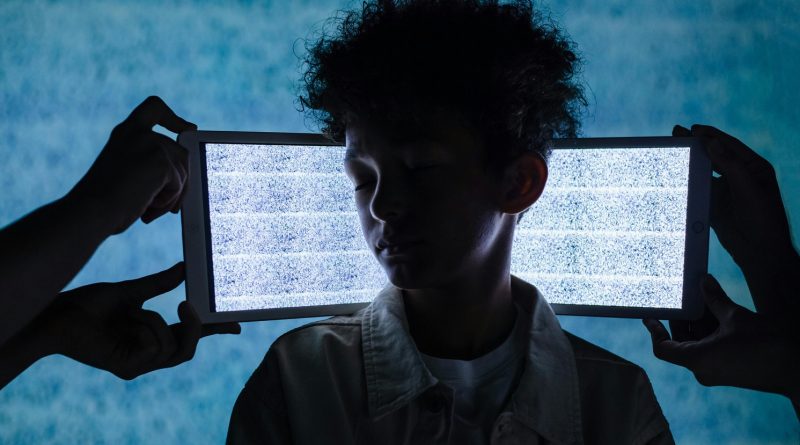AI Fatigue Is Real — And It’s Changing the Way We Engage With Tech
We used to be dazzled. Each AI breakthrough felt like a leap into the future—ChatGPT writing poems, Midjourney generating art, ElevenLabs cloning voices. Now, just two years later, many of us open an AI-powered tool and feel… nothing. No spark. Just another app update, another feature, another “game-changer” we’re too tired to explore.
Welcome to the age of AI fatigue.
It’s not about hating the technology. Quite the opposite—we admire what it can do. But the overexposure, the relentless hype, and the constant disruption are burning people out. And it’s not just consumers—it’s developers, marketers, content creators, and even early adopters who once led the AI charge.
So how did we get here? And what does this fatigue mean for the future of tech engagement?
Too Much, Too Fast
The timeline of generative AI innovation is staggering. In less than 24 months, we’ve gone from:
- GPT-3.5 to GPT-4o
- Midjourney v4 to hyper-real v6
- Chatbots to full-blown AI agents like Devin and AutoGPT
- Text generation to multimodal workflows, real-time speech, and image understanding
Every week brings another beta, another upgrade, another “you’re not using AI properly unless you try this.”
The result? Overstimulation. Users are drowning in new tools without enough time to meaningfully integrate them into their lives or workflows. Instead of feeling empowered, many feel exhausted and inadequate, as if they’re constantly behind the curve.
The Hidden Cost of the AI Content Tsunami
AI tools have dramatically increased content production—but not necessarily content value. Feeds are flooded with:
- AI-generated LinkedIn posts that all sound the same
- “Prompt guides” recycled across 20 YouTube channels
- Fake faces reading fake scripts about fake business advice
We’re witnessing the commodification of creativity. What once took hours of thought can now be auto-filled in seconds—and audiences know it. That authenticity they crave? It’s getting harder to find.
This fatigue isn’t just emotional—it’s behavioral. People are spending less time exploring new tools and more time retreating to familiar platforms. There’s a quiet rebellion brewing against the always-on, AI-everywhere narrative.
Signal Loss: When Every Product is “AI-Enhanced”
Remember when “HD” used to mean something? Now it’s just standard. “AI” is heading in the same direction.
Every product now boasts AI features—from calendar apps to refrigerators. But slapping “AI-powered” on your marketing doesn’t make a tool smarter or more helpful. In fact, it creates noise. Consumers are tuning out. The more companies try to ride the AI wave, the less impact each launch has.
We’re experiencing a semantic dilution—where “AI” no longer signals innovation but triggers skepticism. And once user trust starts to erode, rebuilding it takes far more than a new model or update.
Who’s Feeling It the Most?
- Early adopters – Once excited, they’re now critical. They’ve tested the tools, hit the limitations, and are demanding more depth—not more features.
- Creators – Struggling with content oversaturation, engagement drops, and algorithms favoring AI-generated over human-made.
- Average users – Intimidated by complex integrations, new interfaces, and the pressure to “AI-ify” everything from emails to parenting.
Interestingly, Gen Z—supposedly the most tech-native—shows signs of digital retreat, favoring simpler tools and even “dumb phones” in response to overwhelming digital noise.
What’s Next: From Fatigue to Focus
AI fatigue doesn’t mean the end of AI. It means the beginning of a new relationship with it. A more mature, intentional, and perhaps less visible integration.
Here’s what I believe needs to happen:
- Quiet AI: Tools that enhance without overwhelming. Invisible assistants that support tasks without shouting about it.
- Trust by design: Products that prioritize reliability, transparency, and explainability over feature bloat.
- Human-first UX: Not just faster outputs, but better interfaces—designed for real workflows, not just viral demos.
- Selective innovation: A shift from “what can AI do?” to “what should it do?”
We don’t need more AI. We need better, calmer, more purposeful AI.
Let’s Be Honest…
AI fatigue isn’t a backlash—it’s a reality check. It’s a sign that we’ve reached a saturation point and that meaningful innovation now lies not in what AI can do, but in how well it blends into our lives without burning us out.
If this is the new tech revolution, we don’t need another parade. We need silence, subtlety, and tools that respect our attention spans.
Because in 2025, less might just be the smartest kind of “AI” we need.




